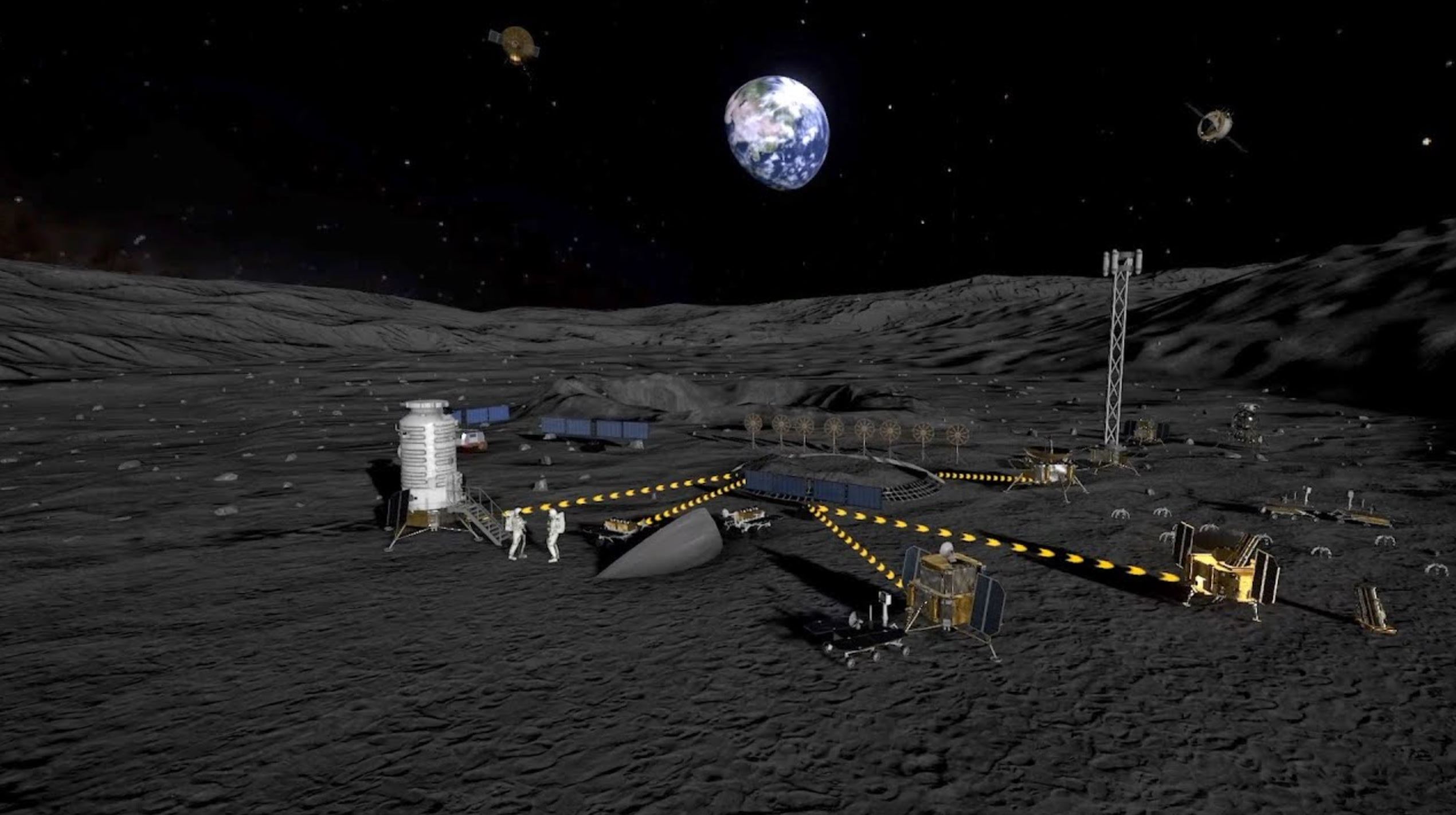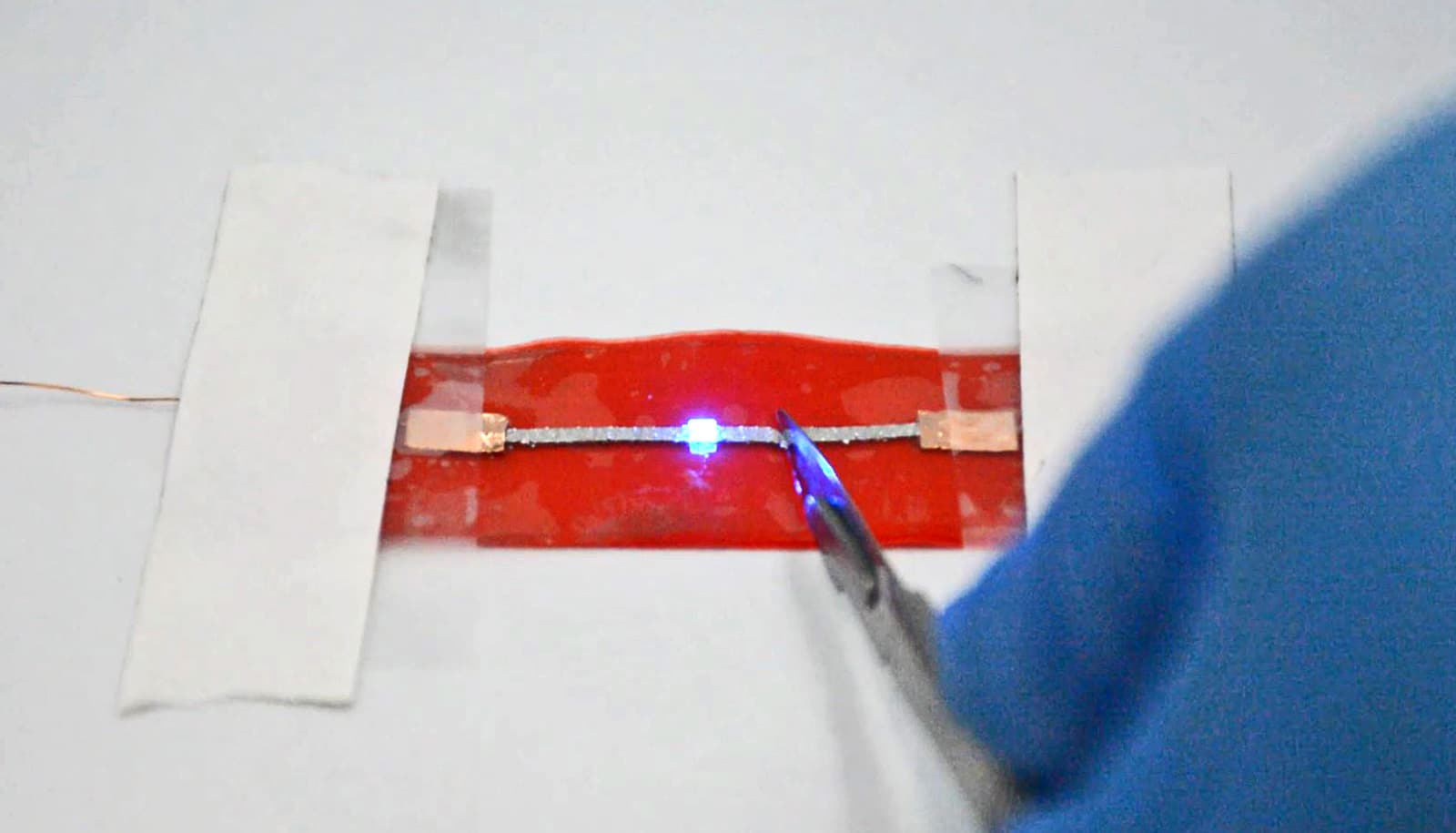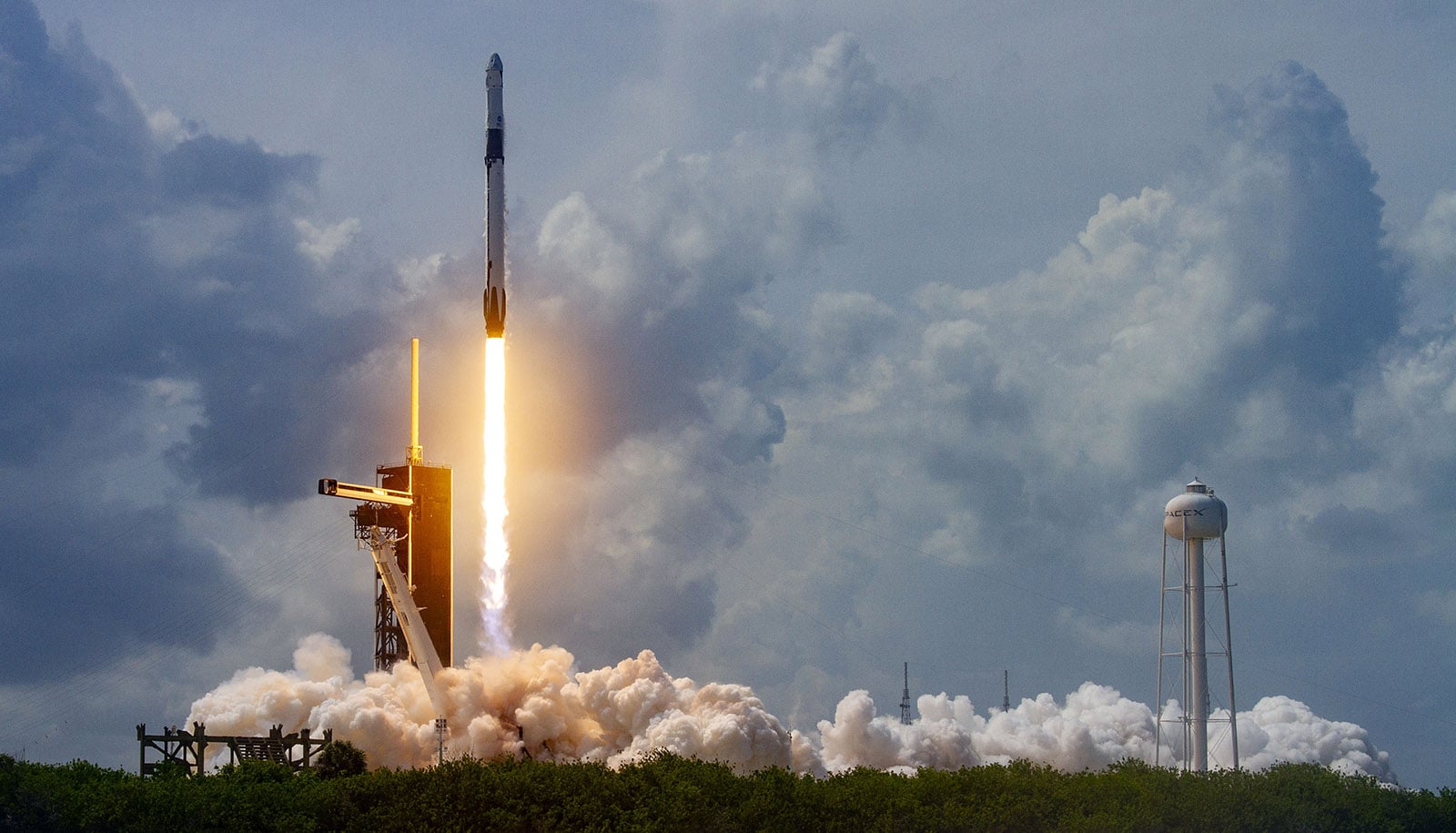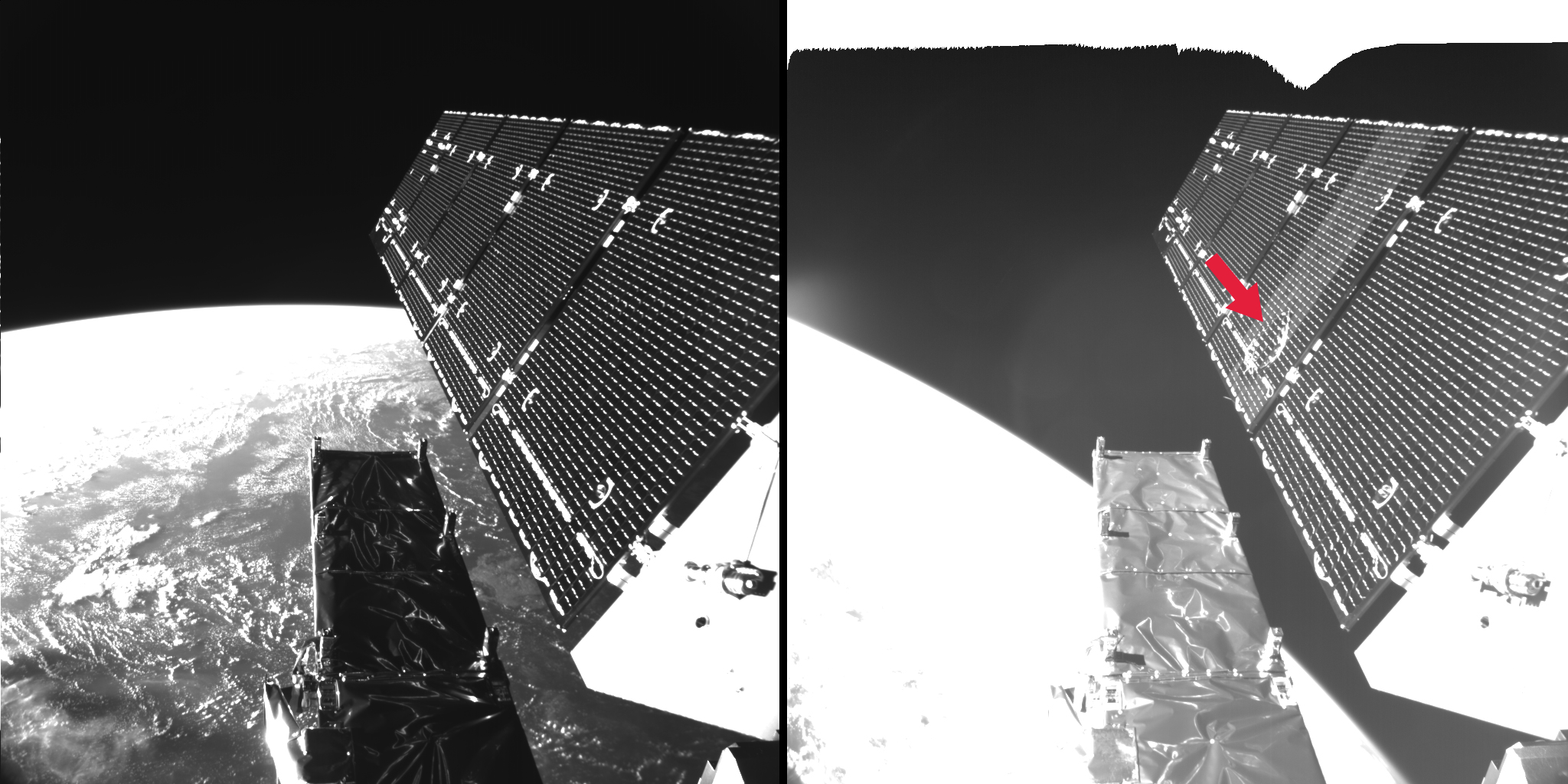HELSINKI — Pakistan officially joined China’s International Lunar Research Station, the China National Space Administration announced Friday.
Zhang Kejian, CNSA administrator, and Moin ul Haque, the ambassador of Pakistan to China, signed an understanding between China National Space Administration and the Pakistan Space and Upper Atmosphere Research Commission (SUPARCO) Oct. 18 on cooperation on the International Lunar Research Station (ILRS), according to the CNSA statement Oct. 20.
The signing was witnessed by Chinese Premier Li Qiang and Pakistans’s interim prime minister, Anwaar ul Haq Kakar. The agreement will see CNSA and SUPARCO carry out extensive cooperation in the demonstration, implementation, operation and application of the ILRS, as well as training and other areas, according to the statement.
The China-led ILRS project aims to construct a permanent lunar base in the 2030s, with precursor missions in the 2020s. The initiative is seen as a China-led, parallel project and potential competitor to the NASA-led Artemis Program.
The announcement marks Pakistan’s formal participation in the International Lunar Research Station program. It follows the announcement Oct. 8 that Azerbaijan had joined the project.
CNSA and SUPARCO also signed a Memorandum of Understanding on cooperation on space debris and space traffic management.
Pakistan is already involved in the Chang’e-6 lunar sample return mission, due to launch in mid-2024. It is working on the ICUBE-Q cubesat for the mission in cooperation with Shanghai Jiaotong University.
Pakistan has a handful of satellites in orbit, including the Pakistan Remote Sensing Satellite-1 (PRSS-1) built and launched by China in 2018. The experimental, SUPARCO-made PakTES-1A was also aboard the Long March 2C flight. CNSA and SUPARCO have previously been reported to be working towards signing a framework agreement on human spaceflight cooperation.
Russia, Venezuela and South Africa are the other known national or space agency-level signatories. The Asia-Pacific Space Cooperation Organization (APSCO), Swiss firm nanoSPACE AG, the Hawaii-based International Lunar Observatory Association (ILOA), and the National Astronomical Research Institute of Thailand (NARIT) have also signed joint statements.
China and Russia presented a joint road map for the ILRS in St. Petersburg in June 2021. Beijing has however since apparently taken the role of lead of the project since Russia’s invasion of Ukraine. A Chinese official at the 74th International Astronautical Congress (IAC) in Baku, Azerbaijan, earlier this month presented ILRS mission slides showing only Chinese Long March 9 rockets involved in launching infrastructure. The new slide omits the Russian super heavy-launch vehicles displayed in the 2021 roadmap.
China is setting up an organization, named ILRSCO, in the city of Hefei in Anhui province to coordinate the initiative.
The Deep Space Exploration Laboratory (DSEL), under CNSA, stated earlier this year that China aims to complete the signing of agreements with space agencies and organizations for founding members of ILRSCO by October.
| ILRS signatory | Type |
|---|---|
| China | Country |
| Pakistan | Country |
| Azerbaijan | Country |
| Russia | Country |
| Venezuela | Country |
| South Africa | Country |
| Asia-Pacific Space Cooperation Organization (APSCO) | Inter-governmental Organization |
| nanoSPACE AG (Swiss firm) | Firm |
| International Lunar Observatory Association (ILOA) | Organization |
| National Astronomical Research Institute of Thailand (NARIT) | Institute |
The U.S. and China are separately and competitively working on respective robotic and crewed lunar plans as part of a renewed interest in the moon and separate efforts to assert leadership in space exploration. The rivalry is also illustrative of a possible development of discrete international space industry ecosystems and plans.
The U.S. is growing the number of signatories to its Artemis Accords, the political underpinning of the Artemis lunar program. Last month Germany became the 29th country to sign up.
NASA plans to launch its Artemis 2 crewed circumlunar mission in November 2024. It will be followed by Artemis 3, a crewed lunar landing at the lunar south pole, no earlier than late 2025.
China has announced a plan to put a pair of astronauts on the moon before 2030. It will launch the Chang’e-7 and Chang’e-8 ILRS precursor missions in 2026 and 2028 to verify necessary technologies for the ILRS.











